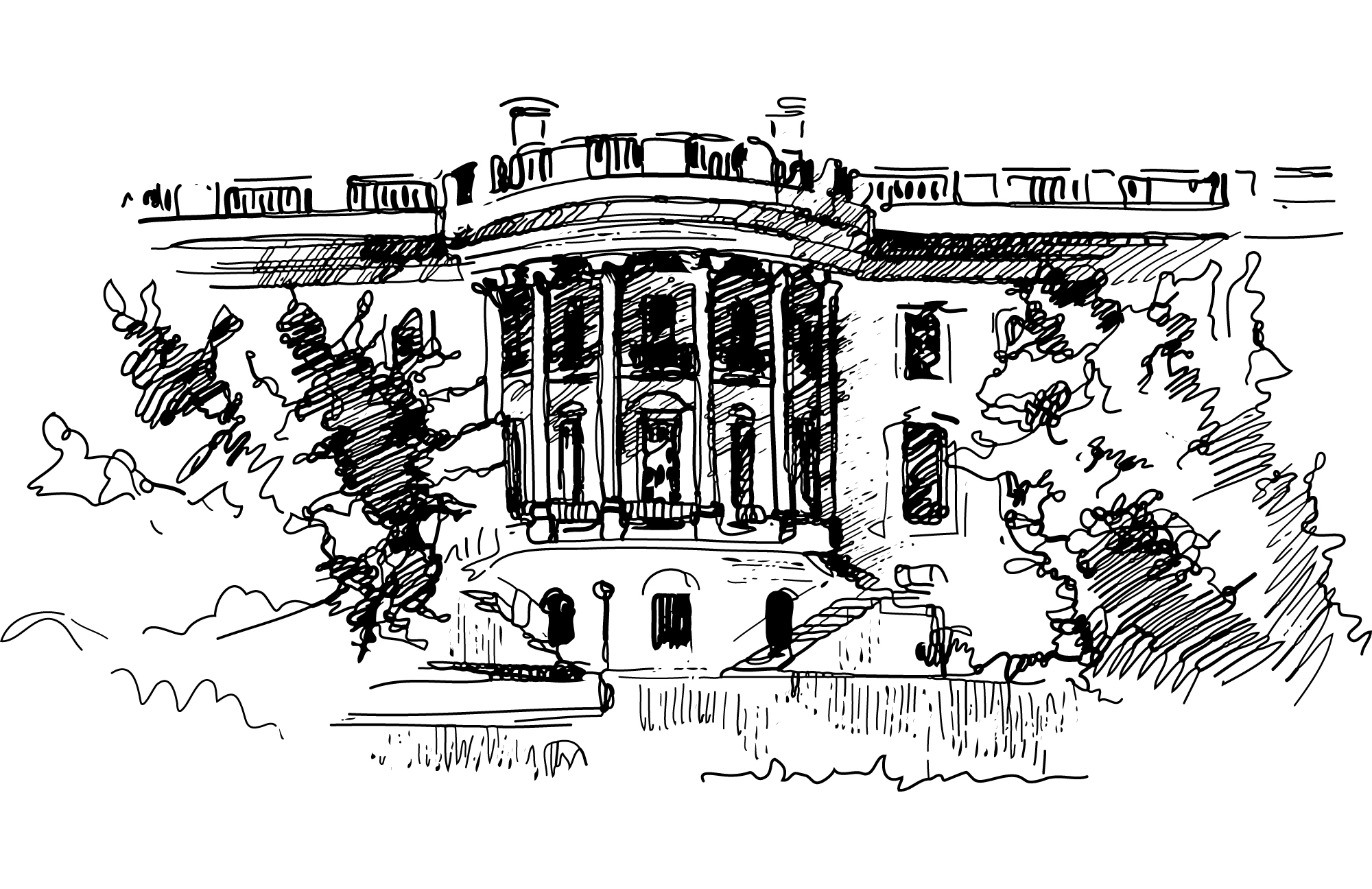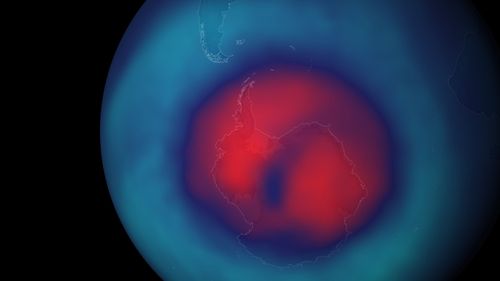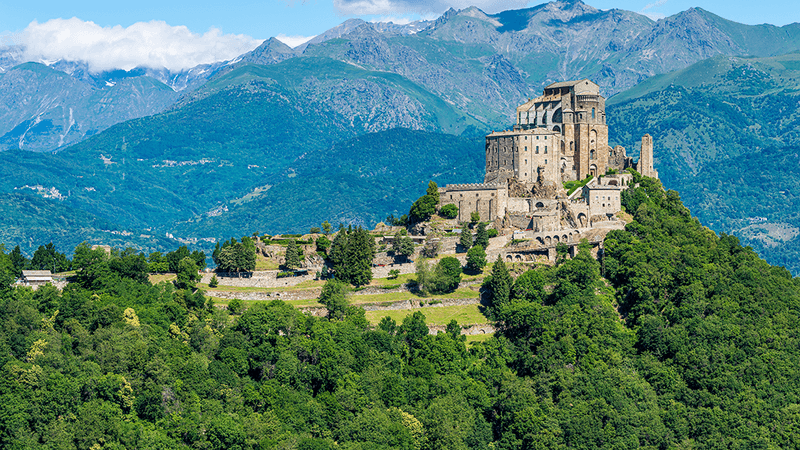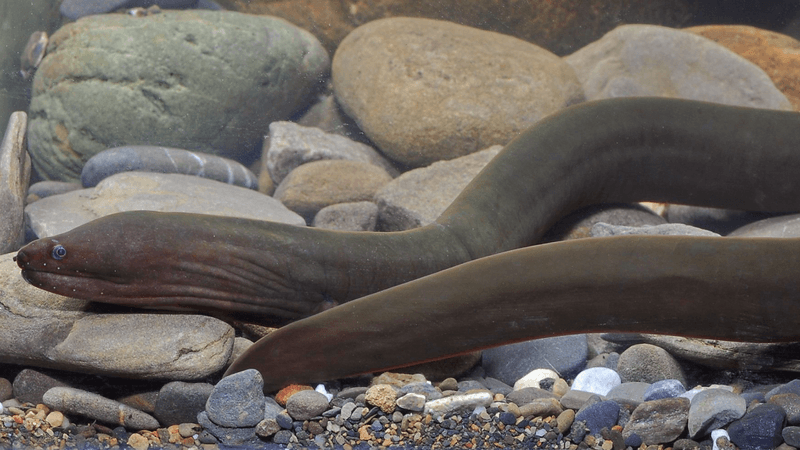The Paris agreement is poised to be a planetary-scale game-changer – on not just an environmental level, but an economic and diplomatic one. It isn’t the first of its kind, though. Back in 1987, the world came together to sign the Montreal Protocol, which aimed to sew up the gigantic hole in the ozone layer above Antarctica.
As a new study has revealed, the international treaty also had an additional, and rather wonderful, side-effect: It dramatically cut the planet’s greenhouse gas (GHG) emissions.
Just between 2008 and 2014, the treaty inadvertently eliminated the equivalent of 170 million tonnes (187 million tons) of carbon dioxide from entering the atmosphere. That’s about half of all GHG cuts made in the United States, the world’s second-most prolific emitter, in the same time period.
The study, led by the National Oceanic and Atmospheric Administration (NOAA) and the Cooperative Institute for Research in Environmental Sciences (CIRES), also predicts that US GHGs will be slashed by 500 million tonnes (550 million tons) every single year from 2025 onwards. That’s around 25 percent of the country’s emission-cutting targets featured in the Paris agreement.
The good news doesn’t stop there. “Most of these reductions will be in addition to what is achieved by COP21 [the Paris agreement] because ozone-depleting substances are not included in the COP21 targets,” Lei Hu, CIRES researcher and lead author of the Geophysical Research Letters paper, said in a statement.
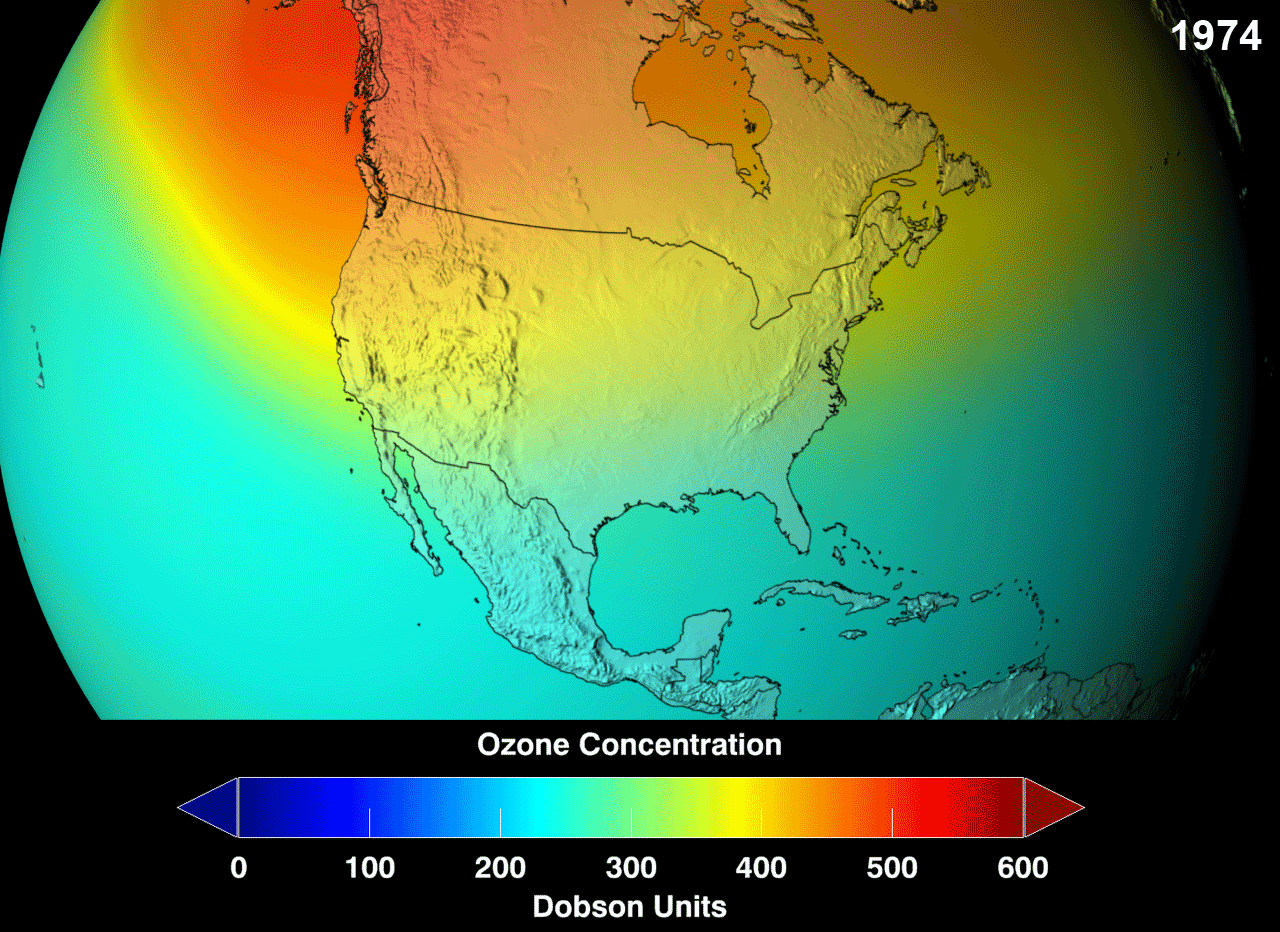
So – how did this happen?
Back in 1973, scientists spotted a gigantic rift growing in size in the southern sky. The dramatic drop in stratospheric ozone meant that the most harmful wavelengths of ultraviolet radiation could make it to Earth, which can be directly linked to increased cancer rates.
The main triggers for this were chemicals found in refrigerants, coolants, solvents and propellants, particularly chlorofluorocarbons (CFCs) and hydro-CFCs (HCFCs). The Montreal Protocol required every single nation on Earth to drastically cut or ban the use of these chemicals – in fact, it was actually the first treaty in history to be ratified by every single member of the United Nations.
CFCs were quickly removed from human society. From its peak in 2006, the ozone hole has shrunk at a remarkable rate, and by as soon as 2050, it could be entirely repaired.
Here’s the thing though: CFCs don’t just eat away at stratospheric ozone. They’re also remarkably effective at trapping heat in the atmosphere, which makes them a GHG.
Carbon dioxide is the most dangerous of them all, because it can last for up to two centuries in the atmosphere. Methane breaks down a lot faster, but traps around 36 times more heat than carbon dioxide. CFCs, however, can trap up to 10,000 times more heat.
This means that even small emissions of CFCs can have an enormous effect. Fortunately, it looks as if the worldwide ban hasn’t just saved the ozone layer, but its helped humanity stem the tide of climate change.
The story isn’t over just yet. Hydrofluorocarbons, or HFCs, were manufactured to replace the banned coolants. Although these were recently hit with a global ban too, plenty of HFCs still exist in the world, and they are as damaging as their predecessors. If they’re successfully destroyed, and coolant systems are properly managed, 168 billion tonnes (185 billion tons) of equivalent carbon dioxide could be prevented from entering the atmosphere by 2050.
In any case, the lesson here is clear. The Montreal Protocol was an example of the planet coming together to act on the behest of the world’s scientists. It’s a crying shame that not every nation on Earth is behaving the same way when it comes to the Paris accords.
